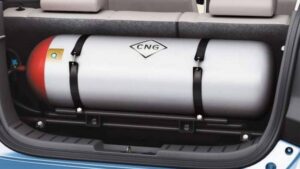
Preparing for Jamb or any other exam can be challenging, but one of the best ways to do well is by studying past questions. Past exam questions give you a good idea of what to expect, how the questions are structured, and the topics that are often covered. This helps you feel more confident and ready for the exam.
Why Studying Past Questions Matters
Looking at past questions, especially Jamb past questions is like getting a preview of the exam. It shows you the types of questions that come up frequently and helps you understand what areas to focus on. By practicing with these questions, you can get used to the exam format and improve your chances of doing well.
Related article Top 10 Cheapest Federal Universities in Nigeria (2023/2024 Session)
Benefits of Studying Past Questions
- Builds Confidence: Working through past questions helps you feel more prepared. You won’t be as nervous when you see similar questions in the exam because you’ve seen them before.
- Improves Time Management: Practicing past questions teaches you how to manage your time during the exam. You’ll know how long to spend on each question to make sure you finish on time.
- Identifies Key Topics: Past questions often highlight important topics that are likely to come up again. This allows you to focus your study on the areas that matter most.
- Enhances Problem-Solving Skills: Regular practice helps you get better at solving different types of questions. You’ll learn the best ways to answer them quickly and correctly.
- Reduces Surprises: Familiarity with past questions means fewer surprises on exam day. You’ll know what to expect, which helps reduce exam stress.
At Infornova, we know how important past questions are for exam preparation. That’s why we don’t just provide the questions; we also give you the correct answers. This way, you can practice and check your answers right away, helping you understand what you did right and where you need to improve.








